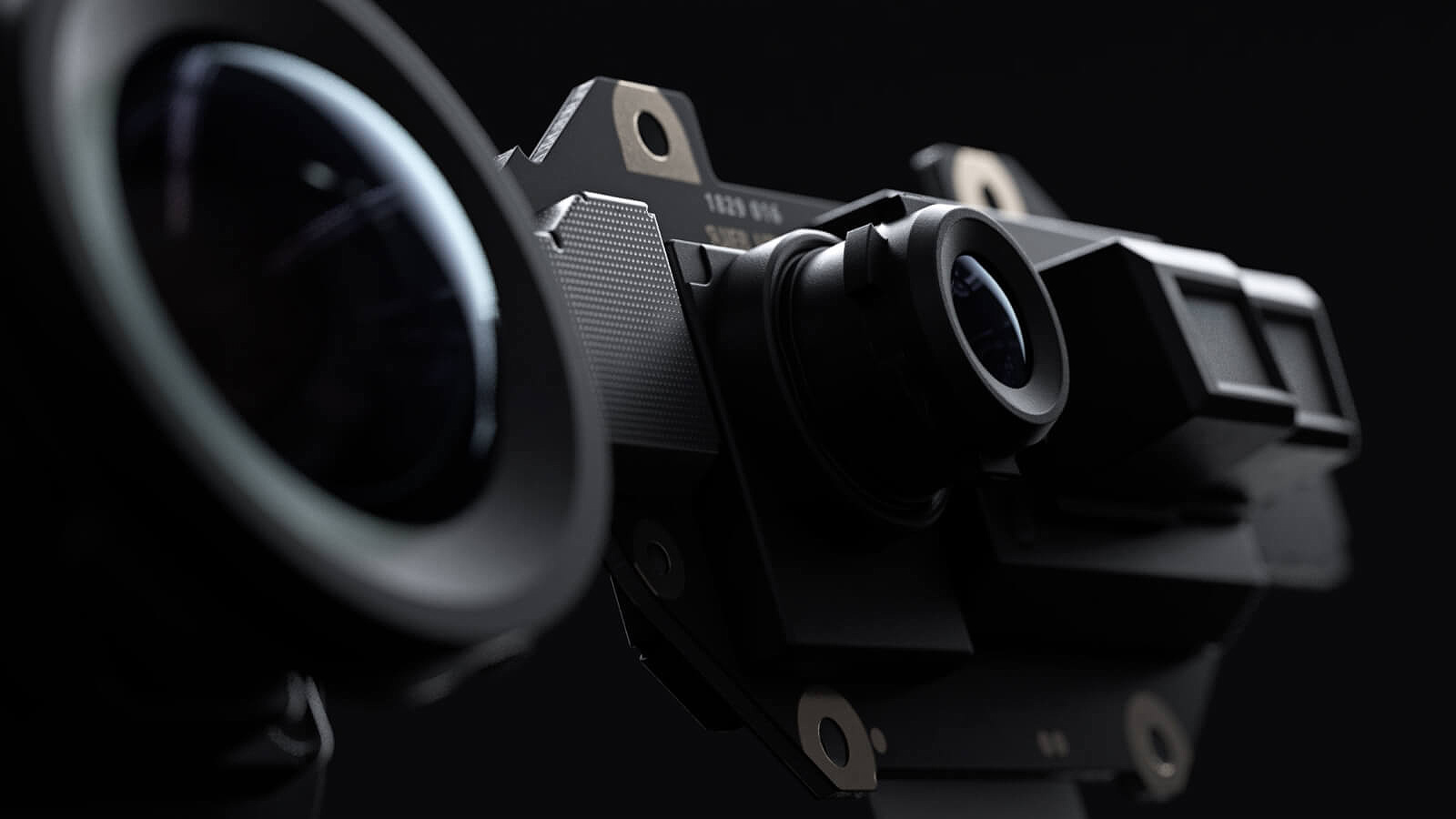


From left to right is an IR laser projector (more on this in a second), RGB camera, and IR camera. The most prominent physical feature on the Kinect, however, is its relatively sophisticated optical system. That's critically important for also picking out voice commands while there's music and game noise blaring in the same room. The result is that the Kinect can sense which direction sounds are coming from, for isolating a single speaker rather than an omnidirectional or even stereo microphone. There’s a three-axis MEMS accelerometer onboard ostensibly for determining the tilt of the sensor relative to the base of the device - if you put Kinect on top of a TV for example, there’s no assurance that the surface the Kinect is resting on is normal to the ground.ĭown on the bottom you’ll notice an obvious grating, under which hides a four-microphone array for some beamforming goodness. This makes sense since the horizontal arm housing the optical system and microphone array pivots vertically - the base is a stage of sorts which lets the top arm sweep through around 30 degrees to adapt itself to placement on top of a TV or below on a table, basically to suit your entertainment setup. The Kinect is noticeably bottom-heavy, with a center of gravity closer to the bottom and somewhere in the base most likely. Oh well, at least it matches the console. If you’re OCD like me and don’t happen to live in a clean room, this is a constant but minor annoyance. That means its every surface is glossy black plastic which looks nice, but immediately shows fingerprints, dust, and scratches. The sensor itself matches the style and appearance of - you guessed it - the new Xbox 360 S.


 0 kommentar(er)
0 kommentar(er)
